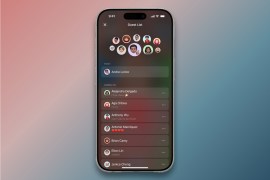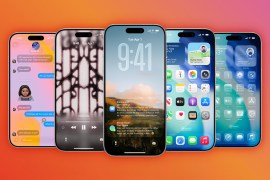Why it’s very, very good that Apple’s iOS 8 is borrowing from Android
Smartphone owners want the best of everything, says Craig Grannell, and they’ll only get it if the major players keep pushing each other to innovate
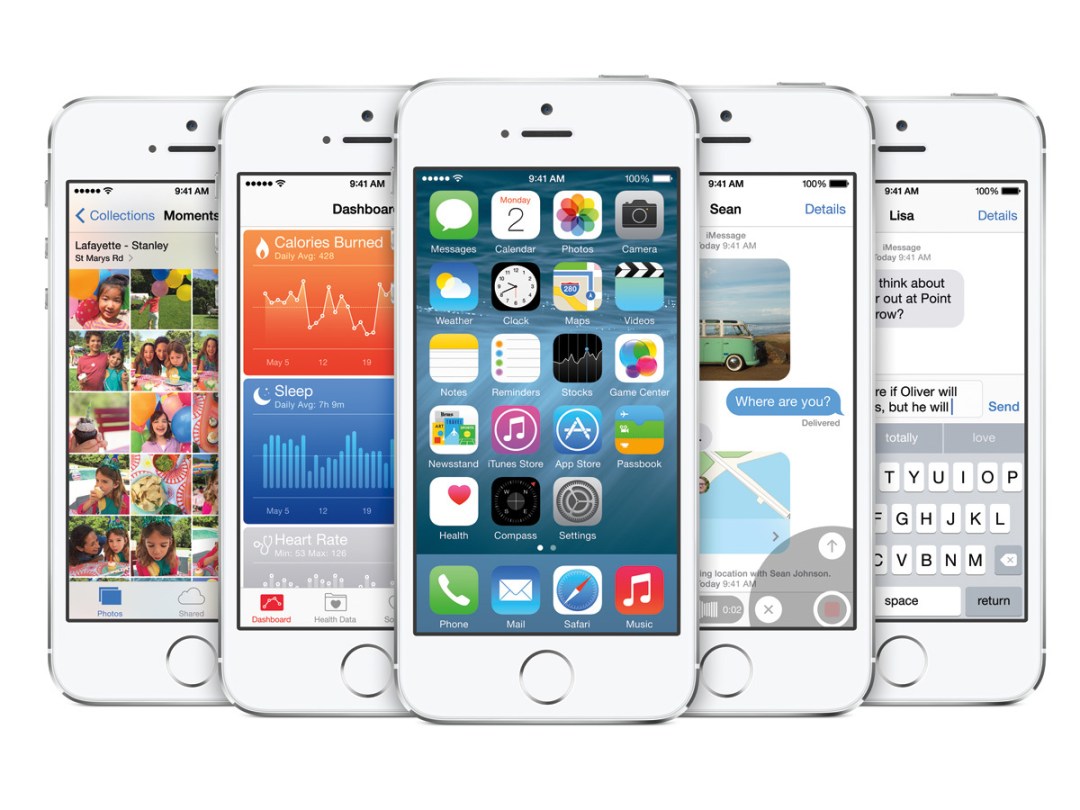
Apple seemingly had the entire technology industry in its sights at WWDC 2014.
What wasn’t always apparent, though, was whether its gaze was that of a star sprinter, ready to zoom past its rivals while dosed up on innovation and confidence, or the beady eye of a tech-obsessed kleptomaniac, intent on pilfering anything within reach.
Naturally, many people concentrated on the latter of those things, not least when it became very apparent that there was more than a little Android in iOS 8.
Apple CEO Tim Cook joked that many of the 130 million people buying their first iOS device during the past 12 months were Android switchers, who had “bought an Android phone – by mistake – and then had sought a better experience,” and yet by the time iOS 8 arrives, you can’t help thinking there might be plenty more such mistakes, largely on the basis of the two operating systems seemingly morphing into one.
FAMILIARITY COMPLEX
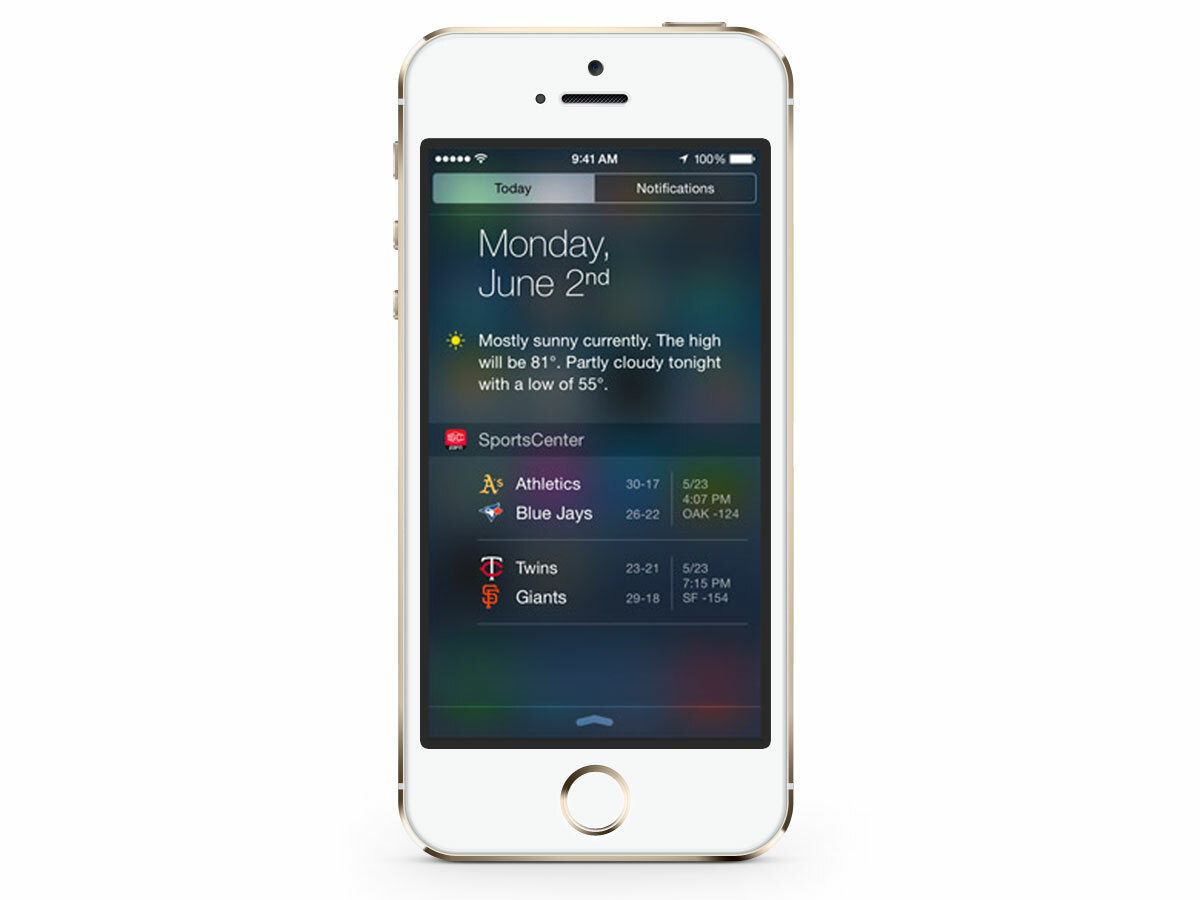
So, a quick recap of what’s new to iOS 8: the QuickType keyboard with its predictive word row, along with third-party keyboard support; interactive notifications and third-party widgets within Notification Center; a proper file system via iCloud Drive; stats for battery-hungry apps; App Store video previews; a kind of plug-in architecture for sharing content; and improved app-to-app communication and integration.
With such changes and Google’s improving design smarts, you might argue there’s now little to choose between the two systems. Sooner or later, you’ll just pick up a smartphone, and it won’t really matter who’s made it, because they will all be much the same.
But that’s only true if you put on blinkers, scream “Apple’s copying Android a year late – again”, and ignore half the story. The other half concerns execution, design and privacy – all things Apple excels at – and the fact Apple remains entirely in control of hardware and software.
READ MORE: Android 4.5 ‘Lollipop’ preview
SAME FEATURES, DIFFERENT FOCUS
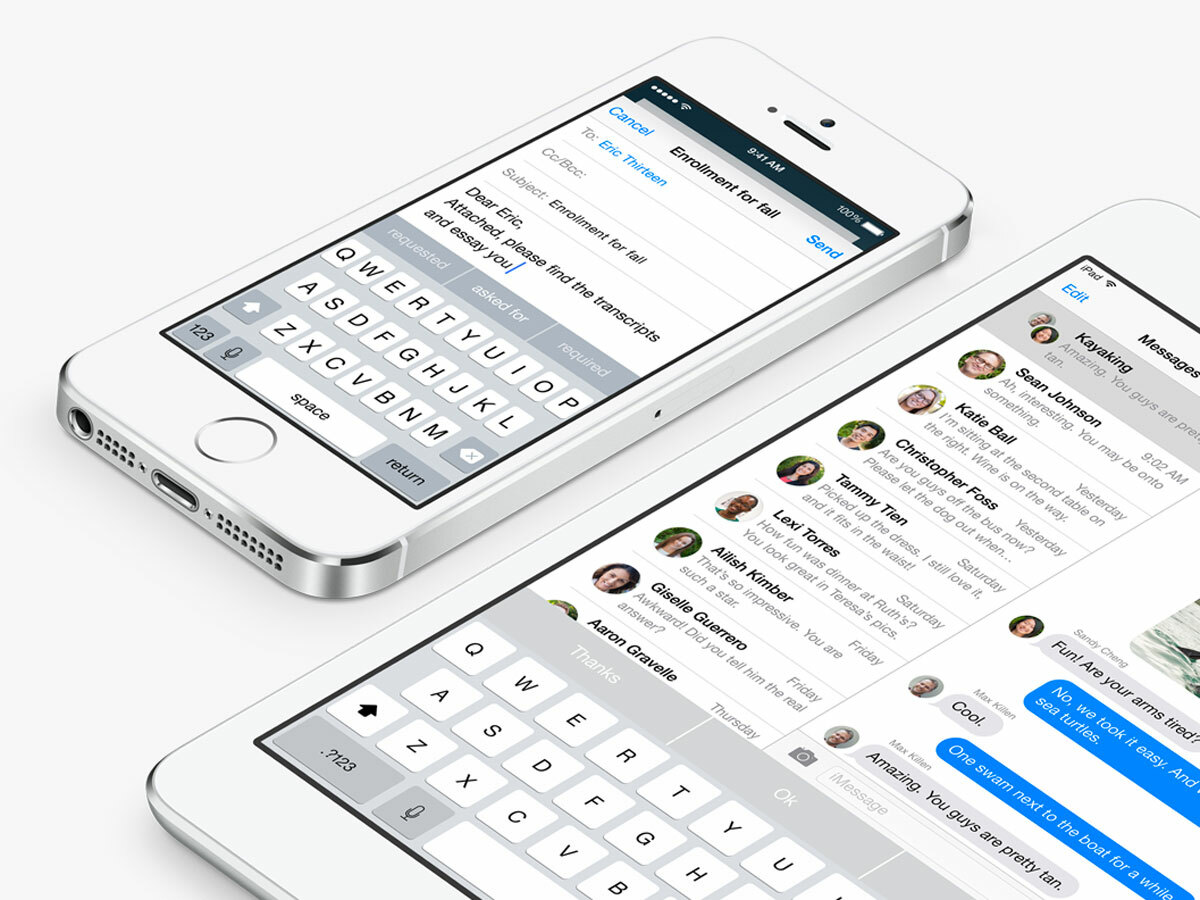
Regarding execution, Apple throughout its history has rarely been first; even Mac OS was in part based on pioneering work going on at Xerox. However, Apple’s patience often pays dividends, and results in a superior user experience. On mobile, this was clear with its interpretation of copy and paste, and at WWDC 2014, you could argue the same with the ‘Android’ features it demoed; to pick one example, the iOS 8 keyboard visually apes Android’s equivalent, but is also aware of context, providing you with words specific to the current document you’re writing and the person you’re talking to.
From a privacy standpoint, Apple repeatedly stated that, by default, everything was pretty locked down – even keyboards would not be network-aware unless the user agreed otherwise. And with its vertical integration, Apple can do things like Metal, a technology that provides staggering console-like game engines on mobile, and with a guarantee they will work across all of Apple’s latest iOS hardware, versus the comparative ‘bag of hurt’ found in the more diverse Android ecosystem.
In addition, Apple did have plenty of new ideas of its own: a refined vision regarding connected computing (a streamlined cross-device experience rather than ‘one device to rule them all’); HomeKit and HealthKit that position the iPhone as a hub for home automation and health apps; and Family Sharing, for providing access to iTunes content and also stopping kids from buying a ton of IAP without permission. And then there was the new-to-Apple idea of making its platform a little more open, encouraging developers, rather than slamming the door in their faces.
READ MORE: iOS 8 gives apps more power than ever, but Cupertino’s still in control
THE NEW ARMS RACE
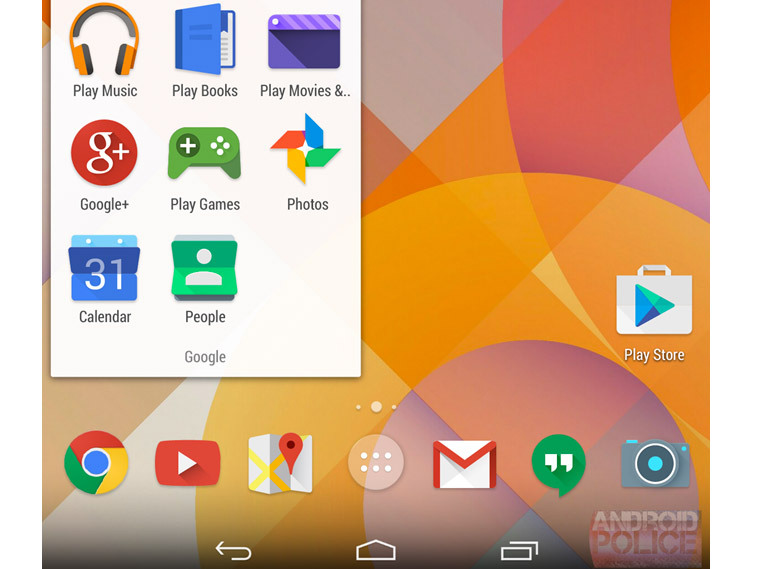
The important thing to remember is that Google doesn’t stand still either; you can bet that for many of Apple’s innovations and benefits on show at WWDC 2014, Android will have something similar announced at Google I/O later this month, along with a number of its own new toys on display. At which point the cycle repeats, with two amazing mobile operating systems simultaneously going at each other’s throats while maturing at a rate unprecedented in technology’s history. Everyone wins: Google, Apple, and, most of all, the users.
In an alternate universe, the iPhone doesn’t exist and Android still looks much like Windows Mobile; users are miserable. In another (full of ferocious and heavily armed lawyers), Apple and Google operate under a strict agreement to not copy any ideas from each other, and so both platforms are horribly lacking in key areas; users are miserable.
But in our world, Apple and Google continue to echo that Picasso quote Steve Jobs loved so much, “good artists copy but great artists steal,” which, as he said, was all about exposing yourself to the best things humans have done and trying to bring it into what you’re doing, potentially revolutionising it and your products in the process. Long may that continue.


